A study has highlighted a growing disparity in life expectancy between men and women in the U.S., now reaching nearly six years. This gap, attributed to factors like COVID-19 and drug overdoses, has widened significantly.
The Centers for Disease Control and Prevention (CDC) data indicate this trend, with women outliving men for over a century in the U.S. due to differences in behaviors such as smoking, drinking, and drug use.
Historical Perspective on Life Expectancy

Scientific American reports that in 2010, the life expectancy gap between men and women was 4.8 years, which increased to 5.8 years by 2021, marking the largest disparity since 1996.
This change is linked to the shift in primary causes of death. Where heart disease was once predominant, now COVID fatalities and drug overdoses among men are significant contributors, according to a study published in JAMA Internal Medicine.
The Impact of Health Issues

Philip Cohen, a sociology professor, describes the decrease in men’s life expectancy and the widening gender gap as “deeply troubling.”
He said to Scientific American, “This report underscores some underlying public health problems that also disproportionately affect men, especially drug overdoses, suicide and other violence.”
Leading Causes of the Gap Pre-Pandemic
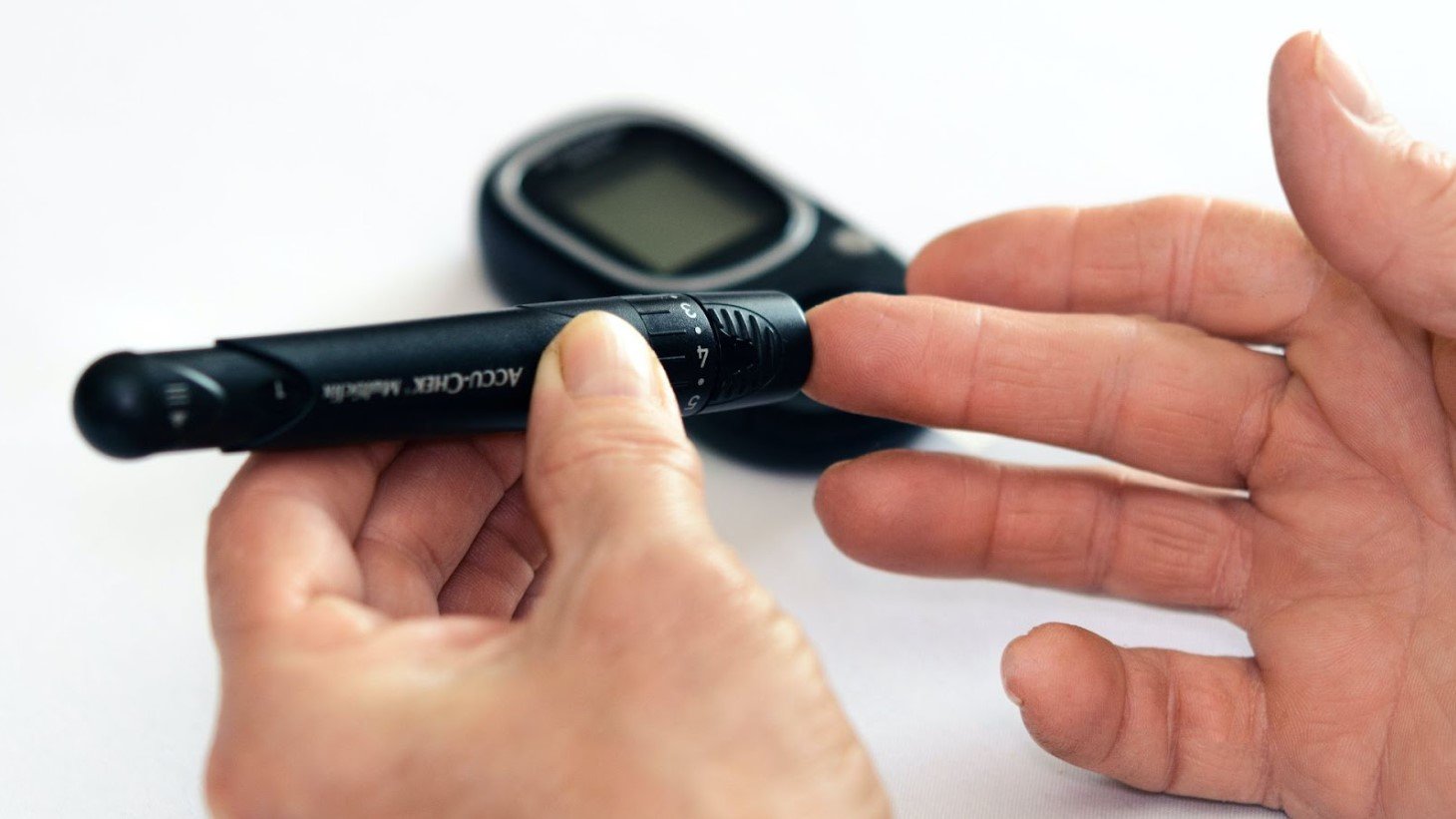
Prior to the pandemic, the largest contributor to the life expectancy gap was unintentional injuries, predominantly drug overdoses and transport-related incidents, according to YahooLife.
From 2010 to 2019, these factors alone widened the gap by 0.23 years. Other contributors included rising rates of diabetes, suicides, homicides, and heart disease, all contributing to an increasing disparity in life expectancy, according to the report.
Life Expectancy During the Pandemic
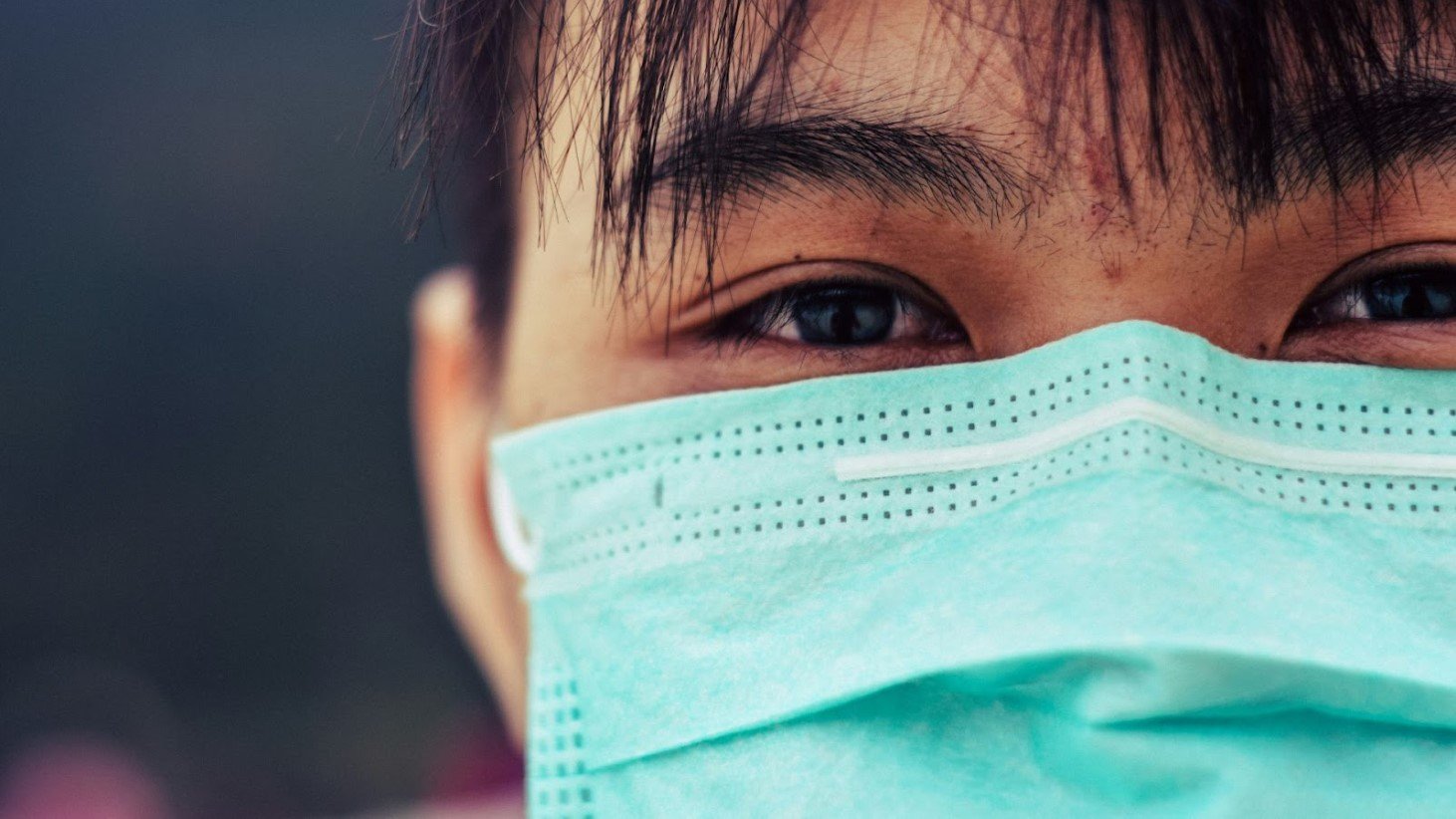
The onset of the COVID-19 pandemic marked a significant decline in men’s life expectancy, which dropped to 73.2 years compared to women’s 79.1 years, Scientific American reveals.
This decline was compounded by already higher rates of death from unintentional injuries.
Overall Decline in U.S. Life Expectancy
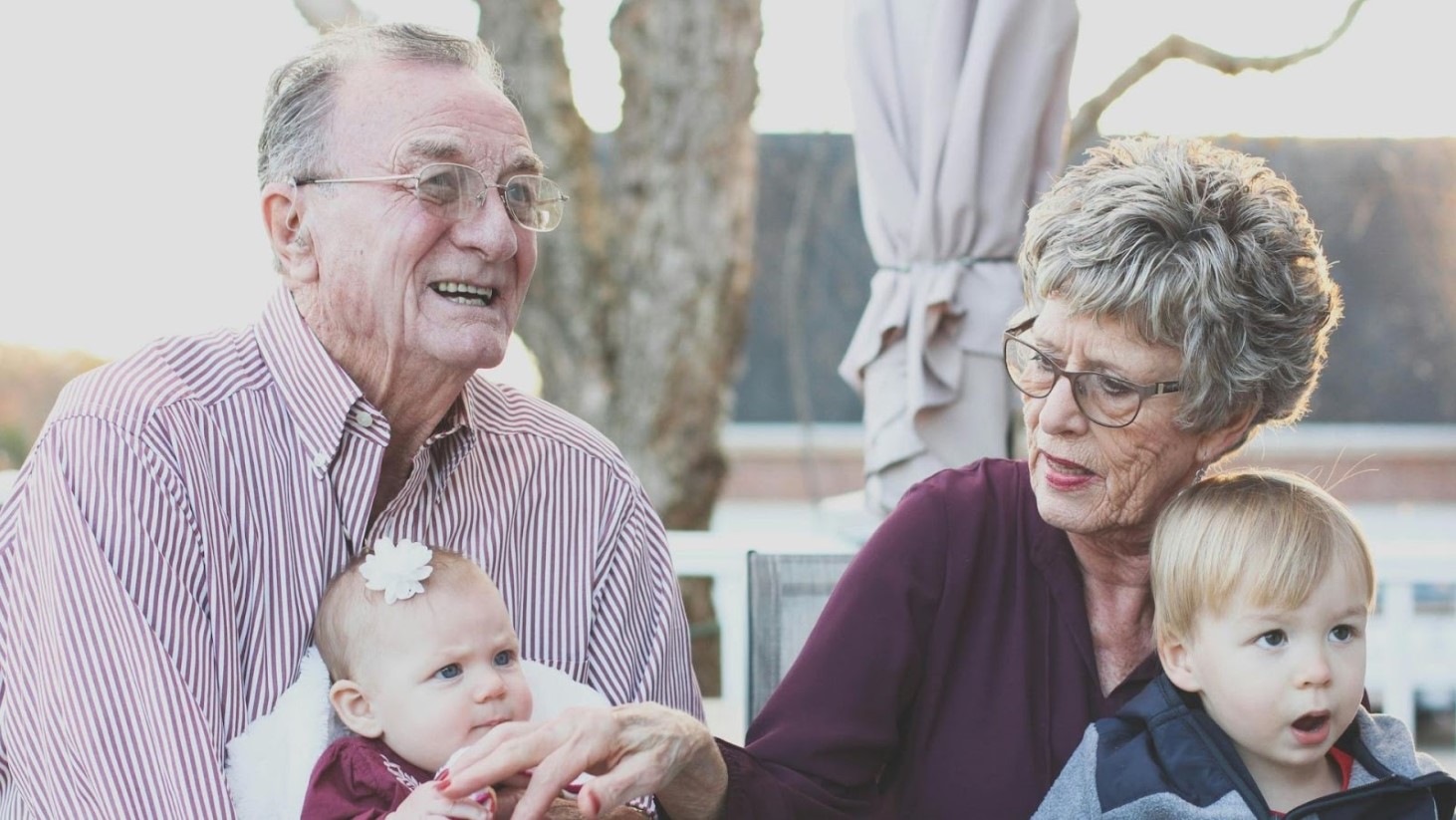
Brandon Yan, lead author of the new analysis, finds the overall decline in life expectancy since the advent of COVID-19 “concerning”, he told Scientific American.
The U.S. saw a decrease in life expectancy from 78.8 years in 2019 to 76.1 years in 2021.
Gender Differences in COVID Mortality
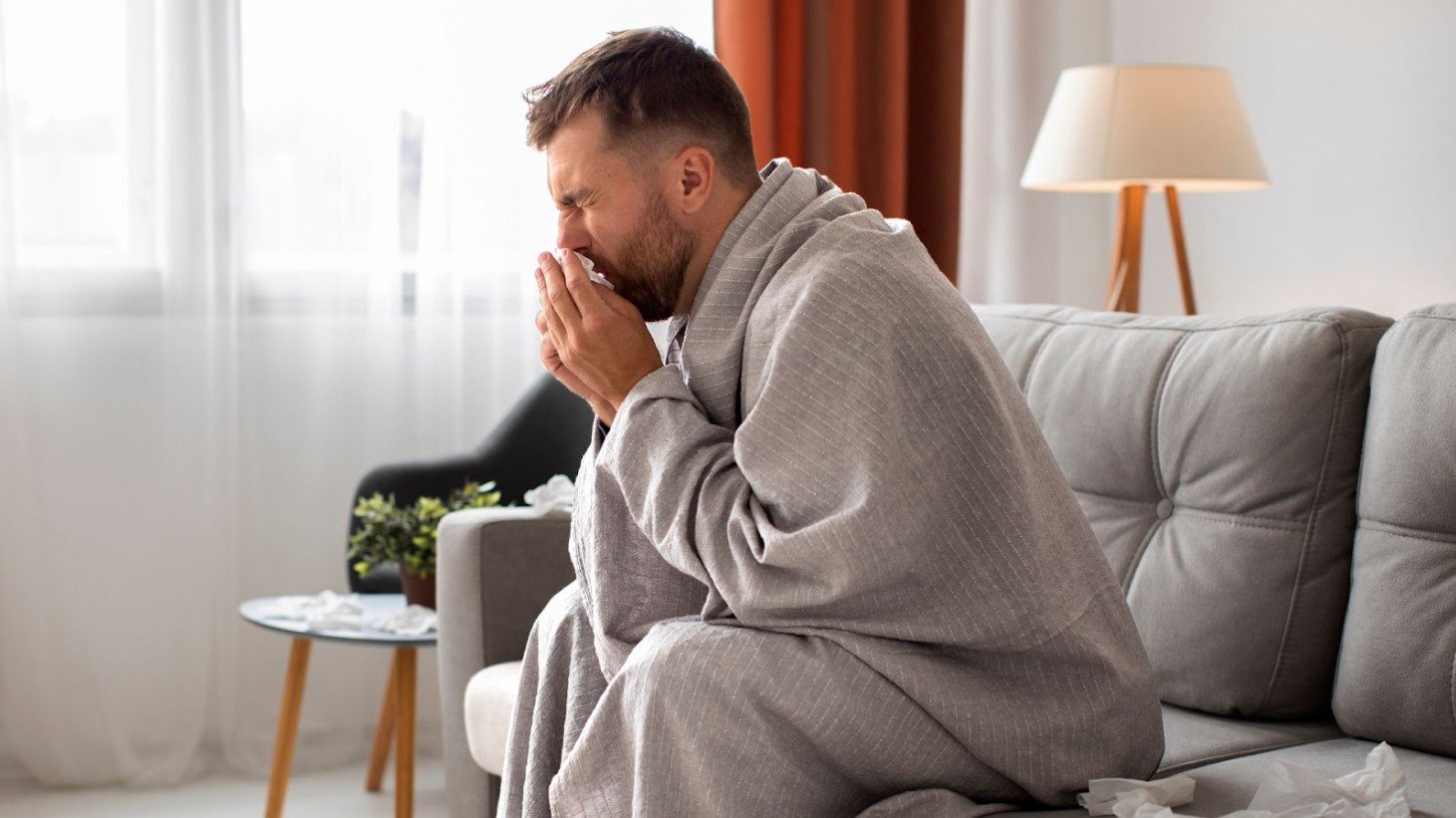
The study revealed that men had a disproportionate COVID mortality burden.
“Men, on average, are sicker than women” when they contract COVID, Yan said to Scientific American. This disparity contributes significantly to the growing life expectancy gap.
Effect of Early Age Deaths on Life Expectancy

Scientific American reports that deaths at younger ages, such as those from opioid overdoses, also disproportionately affect life expectancy calculations.
Elizabeth Wrigley-Field, an associate professor of sociology, explains, “Most people who die from opioid overdose, for example, should have had decades left to live.” “That’s why each of those deaths can really affect the population life span or life expectancy in a meaningful way,” Wrigley-Field adds, “more so than for causes of death that tend to kill people at much older ages.”
Other Factors Influencing the Gender Gap

The gender gap in life expectancy is partially mitigated by improvements in cancer survival rates among men.
However, rising rates of maternal deaths, a growing public health issue, adversely affect women’s life expectancy. Wrigley-Field notes to Scientific American, “It’s similarly something that has a profound, disproportionate impact on life expectancy. Because the women are at a relatively young age, when they should have had many decades to live.”
Lifestyle and Health Behaviors
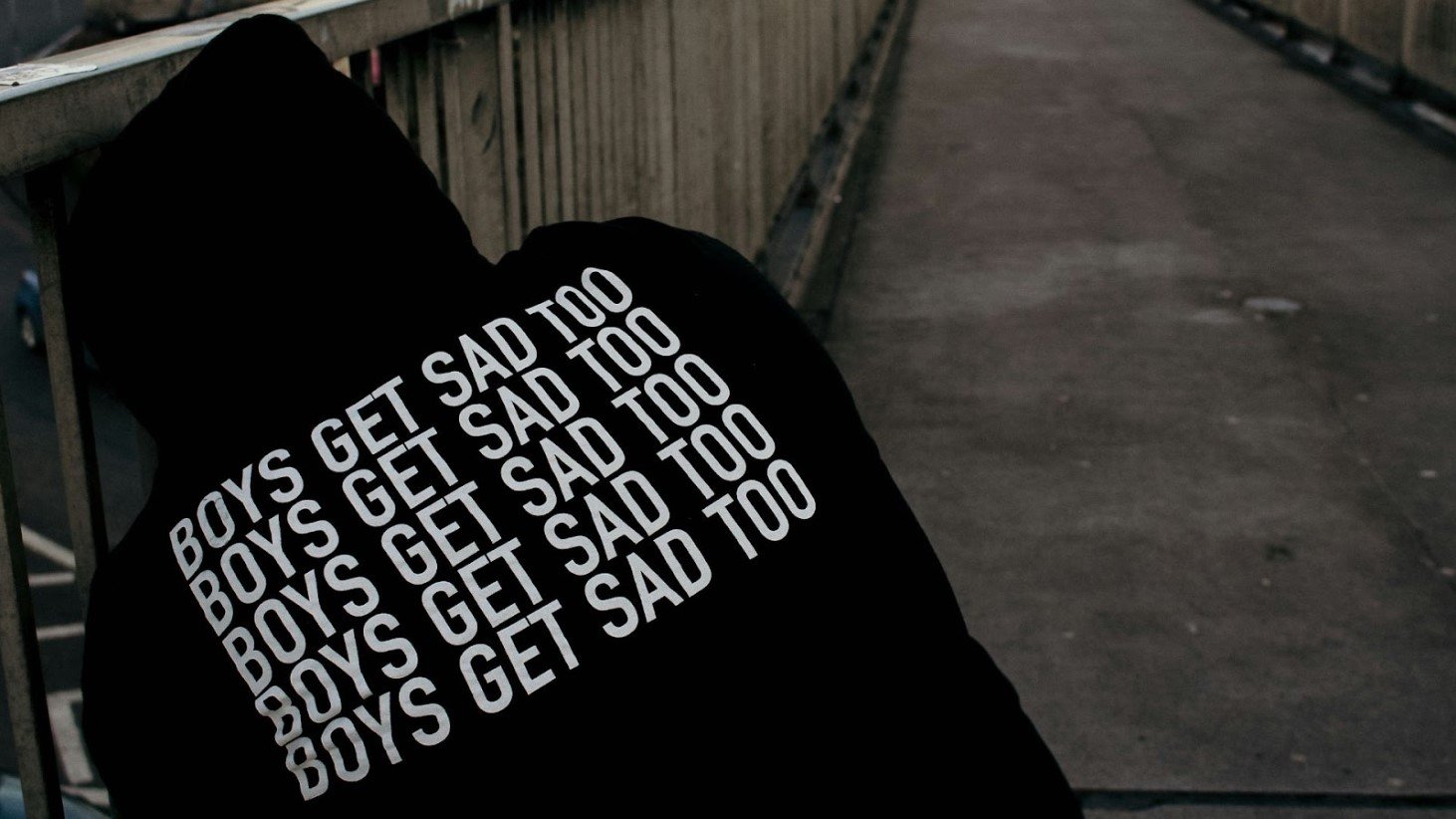
While previous research has often cited biological factors, such as women’s more robust immune systems, as a key to their longevity, this alone cannot account for the recent dramatic changes in life expectancy from 2010 to 2021, per Scientific American.
Yan emphasizes that the sharp change during this period is largely due to the increasing rates of chronic disease among men and a growing mental health crisis.
Socioeconomic and Cultural Factors

The study suggests that occupational hazards and limited healthcare access, coupled with societal norms, may also contribute to the life expectancy gap.
Sarah Richardson, director of the GenderSci Lab at Harvard University, points out to Scientific American that, “masculinity norms and pressures may prevent some men from complaining that they’re in pain or in need of care.”
Need for Public Health Attention

Cohen calls for urgent attention to public health and healthcare to address these disparities. The U.S. faces higher overall mortality rates compared to peer countries.
Cohen said to Scientific American, “These trends should be a wake-up call that we can’t coast along toward better and longer lives. We need real, substantial and sustained attention to public health and health care in this country—and we need it yesterday.”








































